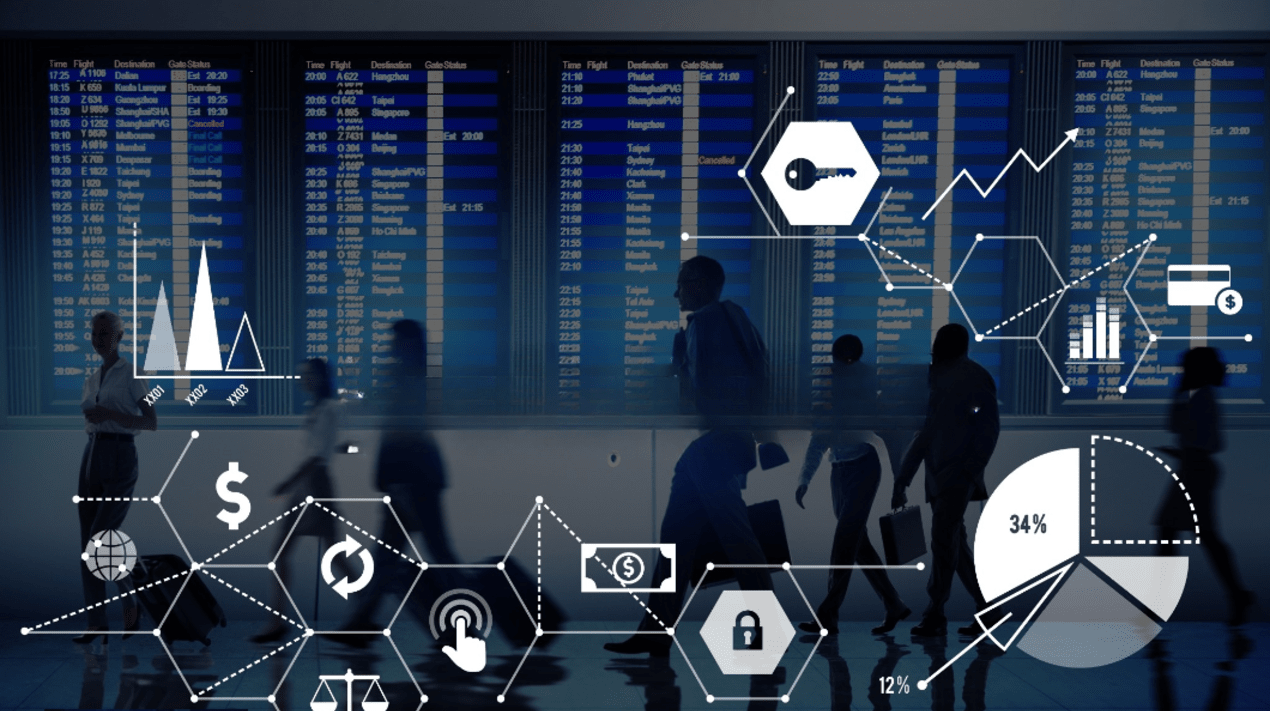
The Ministry of Information and Communications has decided to establish the Vietnam Cybersecurity Emergency Response Teams/Coordination Centre (VNCERT/CC).
According to a press release, the centre is located in the capital city of Ha Noi. It has two branches in Ho Chi Minh City and Da Nang City.
The establishment of the centre is based on the re-organisation of the Vietnam Computer Emergency Response Centre and the Vietnam Information Security Testing Centre.
The project will coordinate responses to security incidents and verify information security nationwide.
The centre will monitor and operate related data systems, databases, and technical systems. Aiming to prevent spam emails and messages.
It is also responsible for testing and evaluating information safety for hardware, software, information systems, information safety management, and operating systems in accordance with the law.
The project is an important step considering the growing number of cyberattacks in Vietnam.
So far this year, Vietnam has recorded more than 7,000 cyberattacks, according to data from the Vietnam Computer Emergency Response Team (VNCERT). Of the figure, there were around 4,200 deface attacks.
Also, more than 2,500 websites with Vietnamese domains were attacked in the third quarter. This puts Vietnam at 10th in the list of the largest number of cyberattacks in the world.
This number was tracked by the CyStack Attack Map system, developed by the Vietnam-based cybersecurity platform Cystack. It detected 127,367 attacks on websites around the world in the last three months, down slightly compared to the same period last year.
A report released by the International Telecommunication Union (ITU) in late March 2019 shows Vietnam was ranked 50th out of 175 positions of 194 countries and territories worldwide in the global cybersecurity index, up from 100th position in 2017.
At the beginning of the year, Vietnam released a new cybersecurity law. The law put in place stricter internet rules and requires foreign companies like Facebook to set up local offices and store data in the country.
The move has helped the domestically-developed “Lotus social media network” in Vietnam to survive in the growing digital space with international tech giants.
Lotus is a social network that allows users to create content and share posts to a home page. It has received VND 700 billion (about US $30.1 million) in funding from the VCCorp Communication Technology Company.
As OpenGov reported earlier, Lotus is working with over 500 content creators in 20 different fields such as education, economy, photography, story writing, blog/vlog writing, lifestyle, entertainment, music, and marketing. It also includes more than 30 formal news sources.
The project was developed by over 200 technical engineers working in various fields of mobile applications, artificial intelligence, big data, and cloud computing. When users join the social network, they will get a protected account, identity, and specialised CMS (content management system).
The beta version of Lotus is scheduled to run for three to six months.
After this, Lotus will adjust minor mistakes and formally accept new users. It will also receive feedback from the public to add more necessary features or content.
VCCorp is calling for an additional VND500 billion (US$21.5 million) for the social network’s long-term development. In the first phase, it aims to attract four million users, 20 million users in the second phase, and 60 million users in the last phase.
















